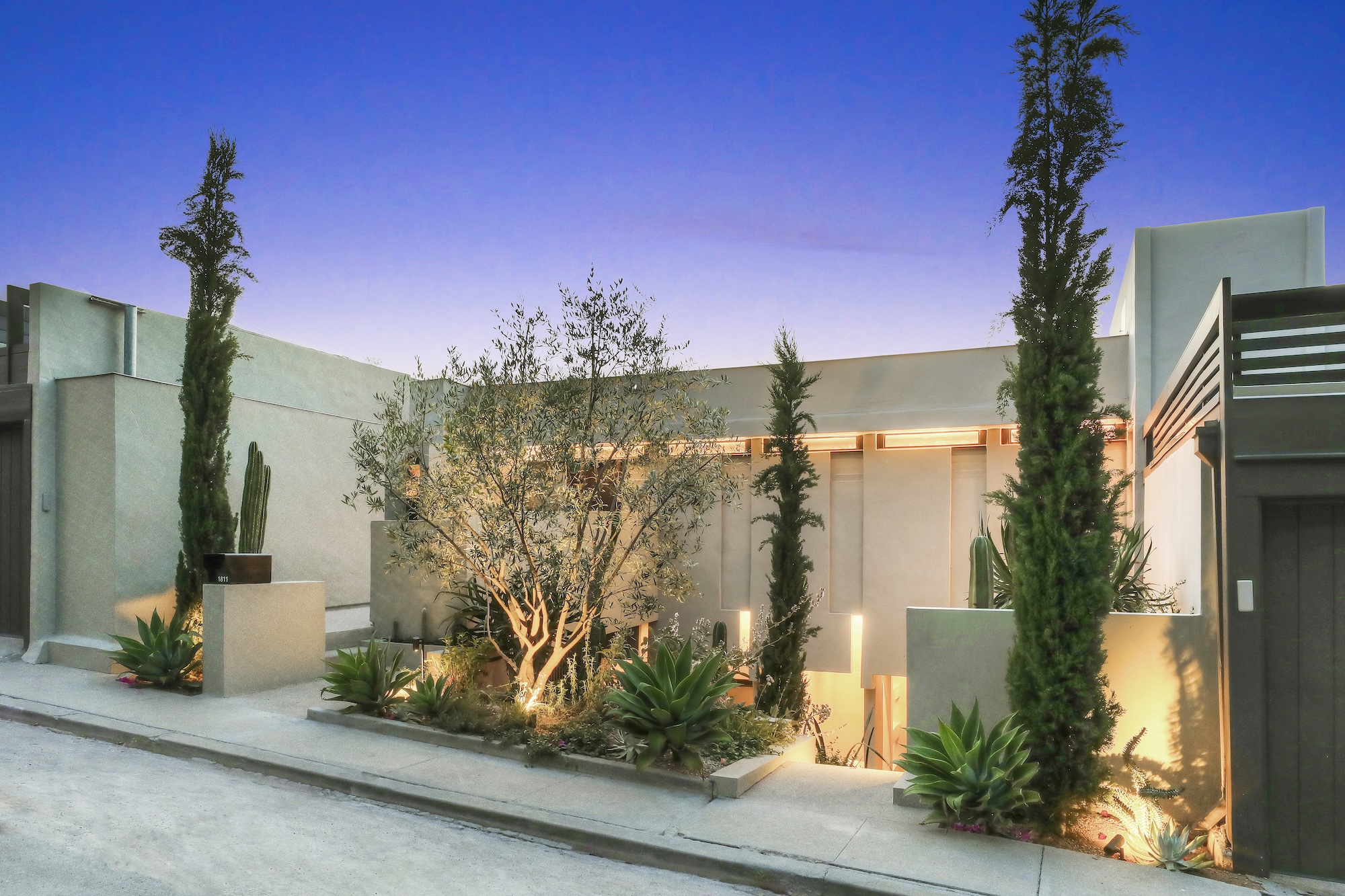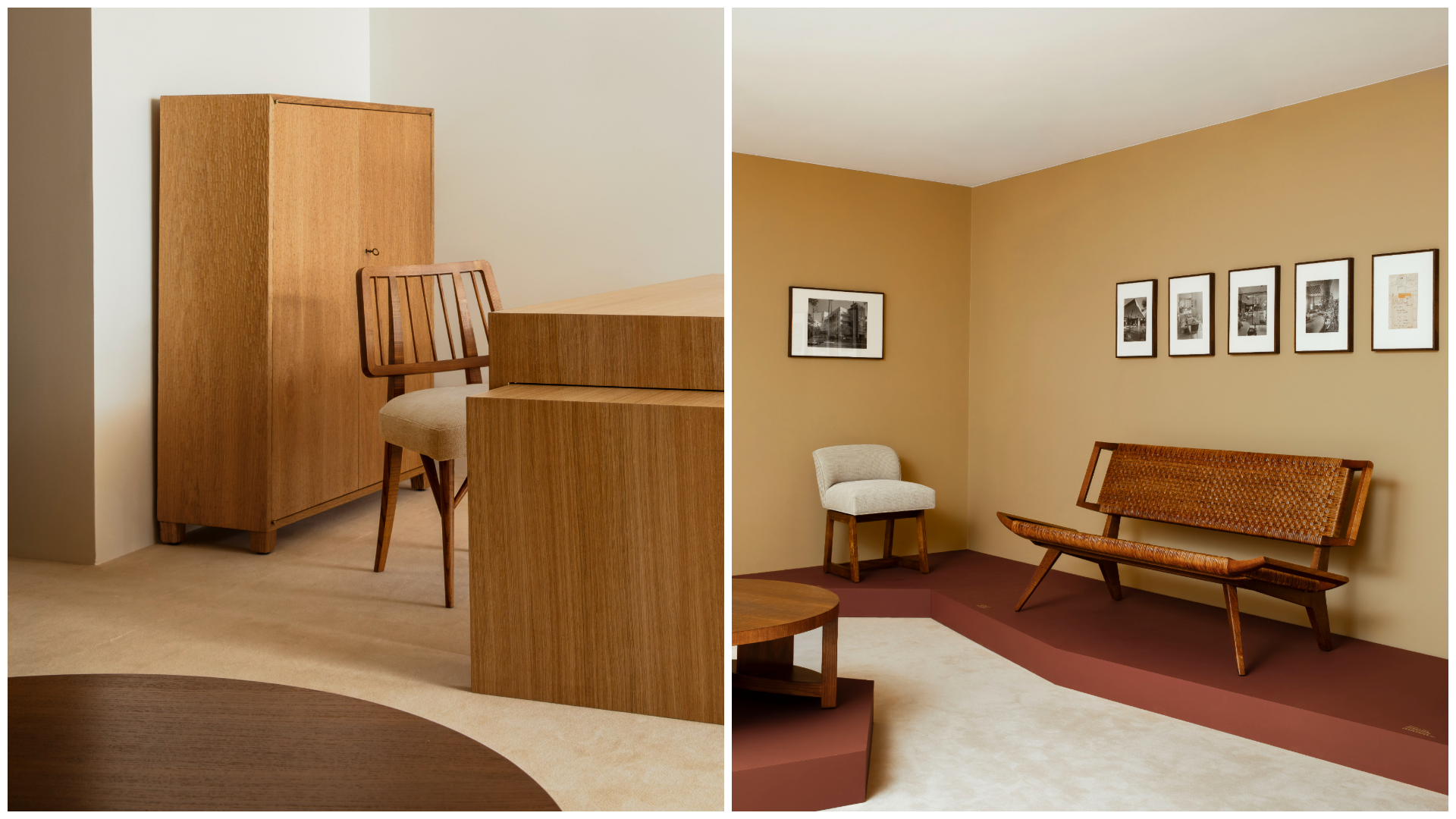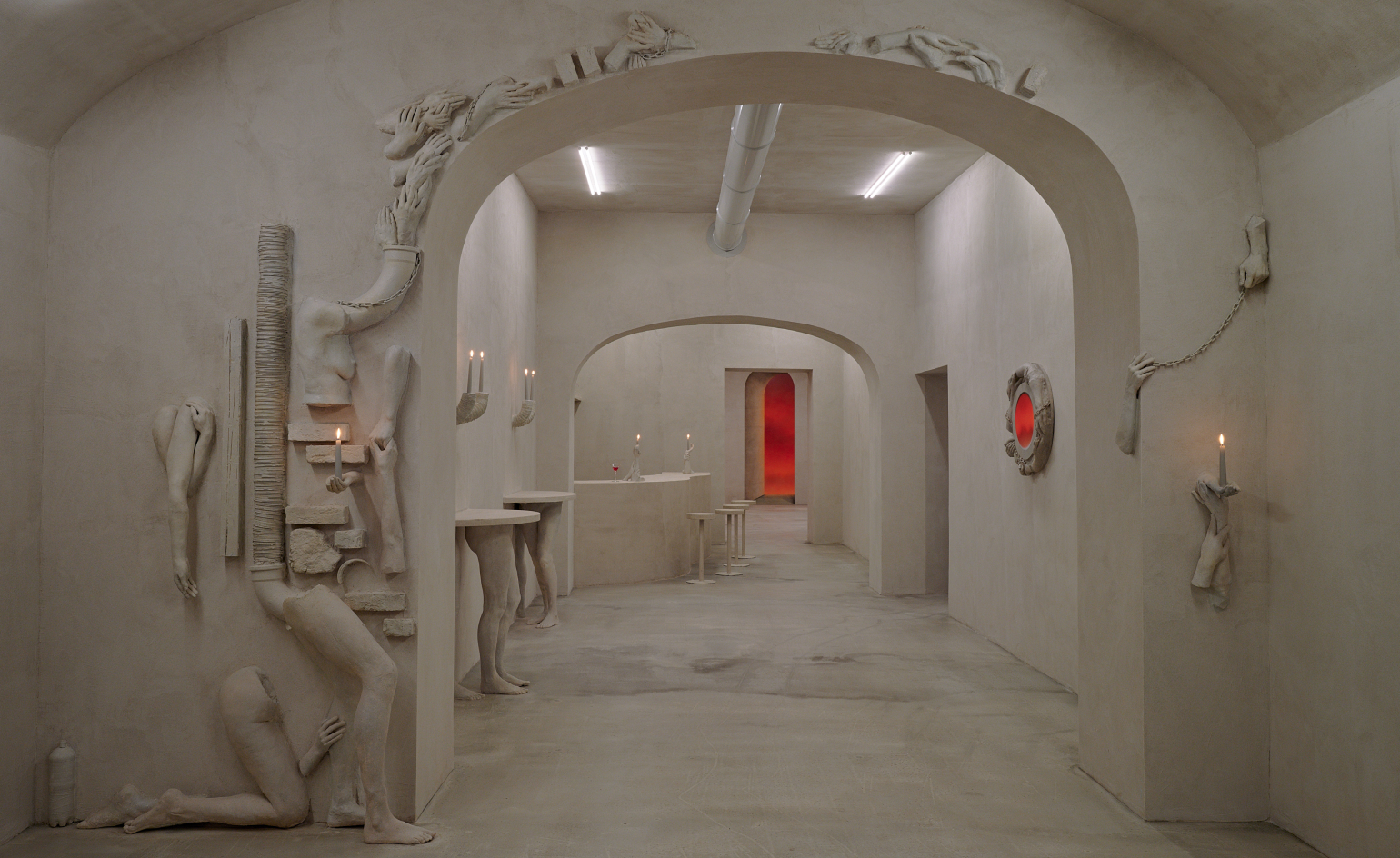Black out
Architect Richard Meier talks museums, holistic colour schemes and his first black building
Richard Meier is one of the globe’s foremost – and most recognisable – modern architects; a pioneering, Pritzker Prize-winning visionary who has led his own practice since 1963. In the latest of Plane—Site’s enlightening Time-Space-Existence shorts, Meier eloquently muses on his love of museum architecture and the existentially reflective appeal of the colour white (and the subsequent excitement of creating a building in black).
His interest in creating museums stems from the fact that, despite a diversity of collections and individual contexts, they have a fundamental purpose of being a ‘public place of coming together for enjoyment but also for learning’. His Getty Museum in Los Angeles, Meier explains, is a great example of place where visitors want to see in and outside of – for both its art and meditative spatial context. Its striking white edifice is almost holistic in effect – expressing, he explains, a quality of light that only emphasises the beauty of the nature around it.
There’s an overarching retrospective bent to the film, too, and Meier is nothing less than poetic in the summation of his portfolio. Architecture, he states, doesn’t happen quickly. ‘When I look back and see how the buildings have aged I’m actually gratified... I feel there’s a timeless quality. They’ve just weathered the time of their existence and continue to have the quality of the human scale experience.’ That spatial, highly personal, experience, he concludes – ‘That’s what architecture is all about.’
Receive our daily digest of inspiration, escapism and design stories from around the world direct to your inbox.
Ellie Stathaki is the Architecture & Environment Director at Wallpaper*. She trained as an architect at the Aristotle University of Thessaloniki in Greece and studied architectural history at the Bartlett in London. Now an established journalist, she has been a member of the Wallpaper* team since 2006, visiting buildings across the globe and interviewing leading architects such as Tadao Ando and Rem Koolhaas. Ellie has also taken part in judging panels, moderated events, curated shows and contributed in books, such as The Contemporary House (Thames & Hudson, 2018), Glenn Sestig Architecture Diary (2020) and House London (2022).
-
 A rare Rudolph Schindler-designed rental just hit the market in Los Angeles
A rare Rudolph Schindler-designed rental just hit the market in Los AngelesThis incredible Silver Lake apartment, designed one of the most famous voices in California modernism, could be yours for $3,675 a month
-
 Pierre Yovanovitch on reviving French design house Ecart, and the ‘beautiful things’ ahead
Pierre Yovanovitch on reviving French design house Ecart, and the ‘beautiful things’ aheadTwo years after acquiring Ecart, Yovanovitch unveils his plans for the design house founded by Andrée Putman and now relaunched with a series of reissues by American-Hungarian émigré Paul László
-
 Rome’s hottest new bar is a temporary art installation – don’t miss it
Rome’s hottest new bar is a temporary art installation – don’t miss itVilla Lontana presents ‘Bar Far’, a striking exhibition by British artists Clementine Keith-Roach and Christopher Page, where nothing is what it seems